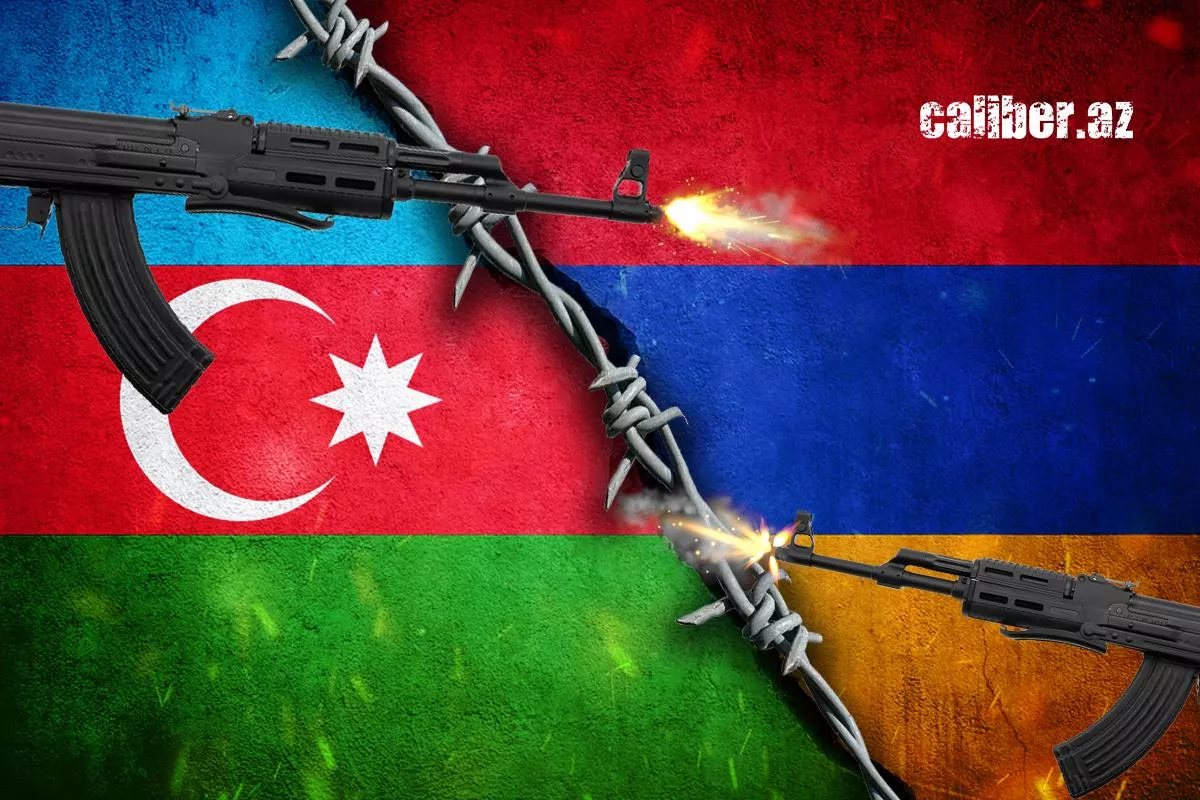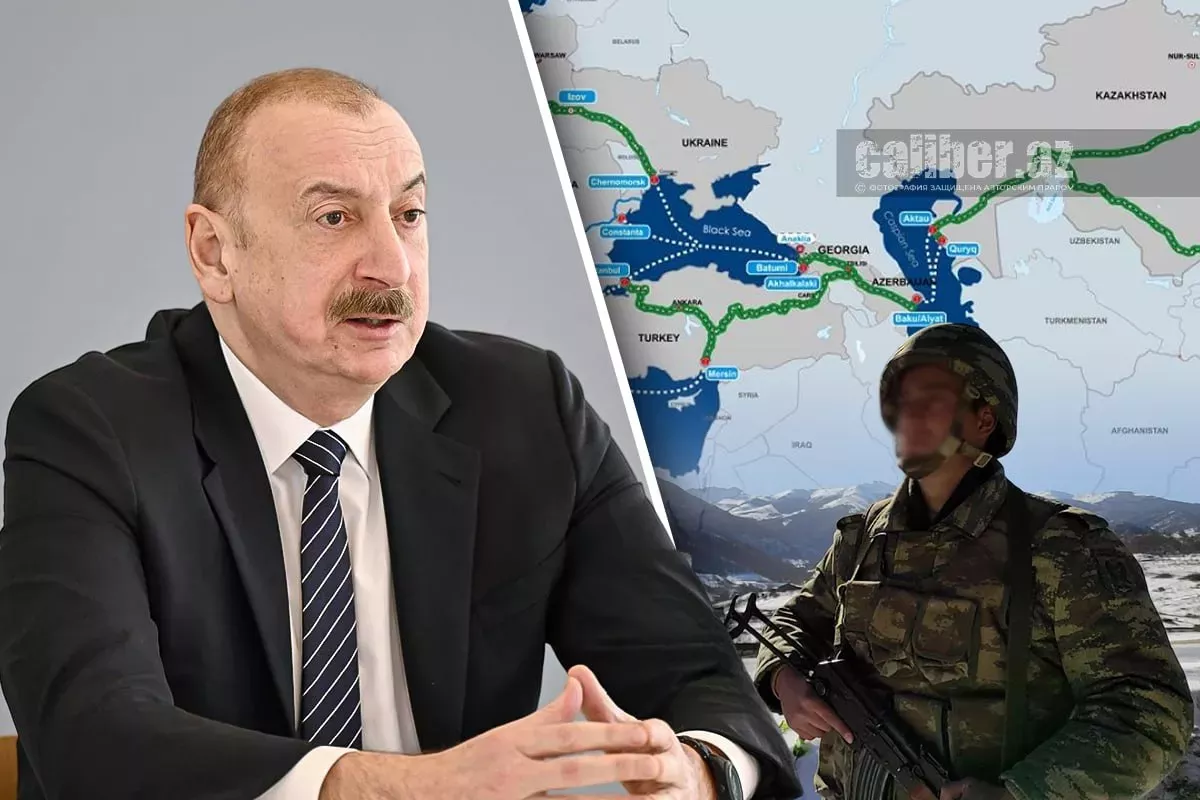Azerbaijan’s five-year journey reshaping the South Caucasus From frozen conflict to lasting peace
For history, five years is a blink of an eye. But for the countries and peoples living here and now, it is an important stretch of time—especially when it encompasses a truly fantastic transformation of reality. This is exactly what happened with Azerbaijan and the entire South Caucasus region. To confirm the truth of these words, it’s enough to lay out a five-year chronology of events.
In 2020, as in the years before, the Armenian-Azerbaijani conflict was in a state that international experts called "frozen." But for millions of Azerbaijanis, it was a daily, hourly, living and painful challenge—their ancestral Azerbaijani lands were under Armenian occupation.
After decades of negotiations led by the OSCE Minsk Group co-chairs, the situation remained deadlocked. Moreover, official Yerevan adopted a rhetoric that excluded any possibility of compromise. The climax of this stance was Prime Minister Pashinyan’s words in Khankendi: “Karabakh is Armenia, period.”
In July 2020, the situation escalated even further—Armenian armed forces provoked an attack in the Tovuz direction, targeting Azerbaijani army positions. This escalation had a strategic background: the Gazakh-Tovuz economic region hosts critical energy and transport routes, including the Baku–Tbilisi–Ceyhan pipeline. The provocation bore all the signs of an attempt to drag Azerbaijan into a full-scale conflict on terms favourable to Yerevan.
In August, Armenia carried out another military provocation by sending a sabotage group into Azerbaijan to carry out terrorist acts.
On the morning of September 27, Armenian armed forces, using various types of weapons—including heavy artillery—attacked Azerbaijani settlements and military positions from multiple directions. Civilians and servicemen were killed and wounded. Thus, the Republic of Armenia crossed the point of no return.

Azerbaijan’s response was immediate and decisive—our army launched a counteroffensive. The Patriotic War had begun. Over 44 days, our Armed Forces, demonstrating unparalleled courage and bravery, the highest level of training, tactical flexibility, and technical equipment, reclaimed inch by inch our native lands from the occupiers.
A key turning point in the Second Karabakh War was the liberation of the city of Shusha, after which, on November 10, 2020, the Tripartite Statement was signed. According to this agreement, Armenia effectively acknowledged its capitulation and committed to returning the Aghdam, Lachin, and Kalbajar districts.
However, Khankendi, Khojaly, and some surrounding areas remained under the temporary control of Armenian armed groups. But this did not last long. In the fall of 2023, Azerbaijan conducted an anti-terrorist operation in the Karabakh region. Its goal was the full restoration of territorial integrity and sovereignty over the entire country. The operation was lightning-fast—within a day, the Armenian armed groups laid down their arms, and soon the former leaders of the illegal separatist entity known as the “NKR” were detained and brought to Baku. Today, August 12, an open trial is underway in the Azerbaijani capital, which is an important element of the principle of inevitable punishment for crimes.
After the military phase of the conflict ended, Azerbaijan set a course to consolidate its victory on the diplomatic front. President Ilham Aliyev made it clear that a lasting peace is possible only on the basis of international law and mutual recognition of territorial integrity.

And then, on August 8, 2025, a historic event took place in Washington, already recognized as a turning point for the entire South Caucasus: a Joint Declaration was signed, affirming that the leaders of Azerbaijan, Armenia, and the President of the United States witnessed the initialing of the agreed text of the “Agreement on the Establishment of Peace and Interstate Relations between the Republic of Azerbaijan and the Republic of Armenia” by the foreign ministers of the two countries.
This document paves the way for the signing of a comprehensive peace treaty, which for Azerbaijan means the final consolidation of victory results, the opening of new transport routes, an influx of investments, and further development of the liberated territories that are already becoming centres of economic growth. For Armenia, it represents a chance to emerge from years of isolation, attract international investments, reduce military expenditures, and redirect resources toward economic and social development. For the South Caucasus as a whole, it signifies the creation of a sustainable security architecture, transforming the region into a transport and logistics hub between Europe and Asia, and mitigating the influence of external destabilising factors.
Here we see that, in a relatively short period by historical standards, the Azerbaijani state has journeyed from a "frozen conflict" and forced waiting to the full restoration of the country's territorial integrity and the initialing of the "Agreement on the Establishment of Peace and Interstate Relations between the Republic of Azerbaijan and the Republic of Armenia."
This is yet another convincing victory for President Ilham Aliyev — a leader who knows how to achieve success both on the battlefield and in the realm of international diplomacy. It is precisely thanks to the decisive stance of our head of state that today we can proudly say: Azerbaijan has brought a just and lasting peace to the South Caucasus, founded on the power of law.








